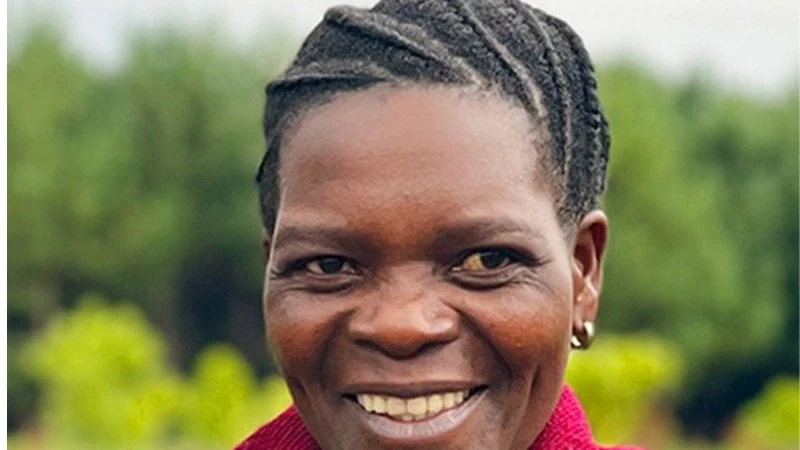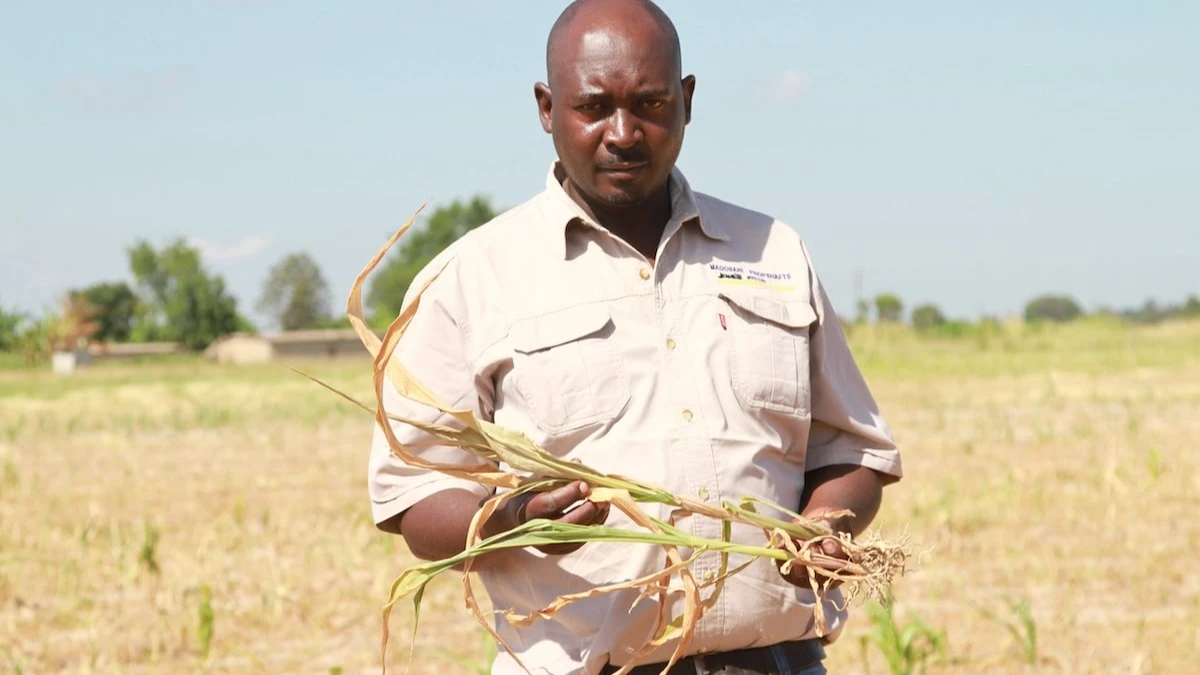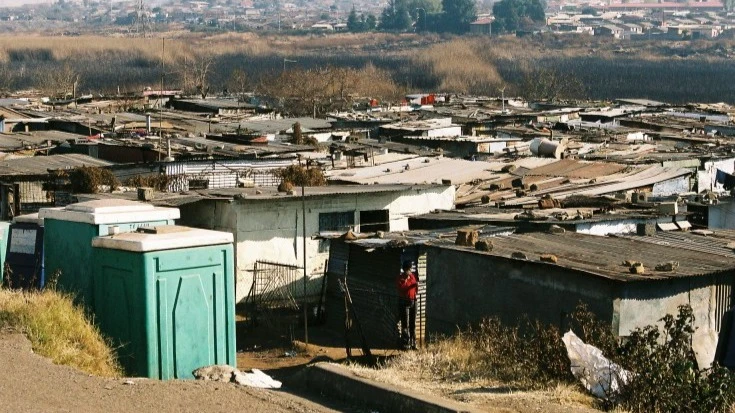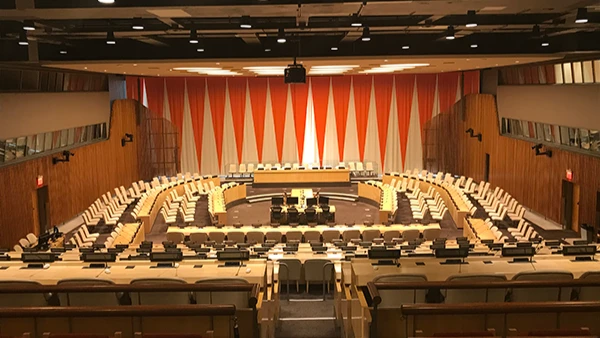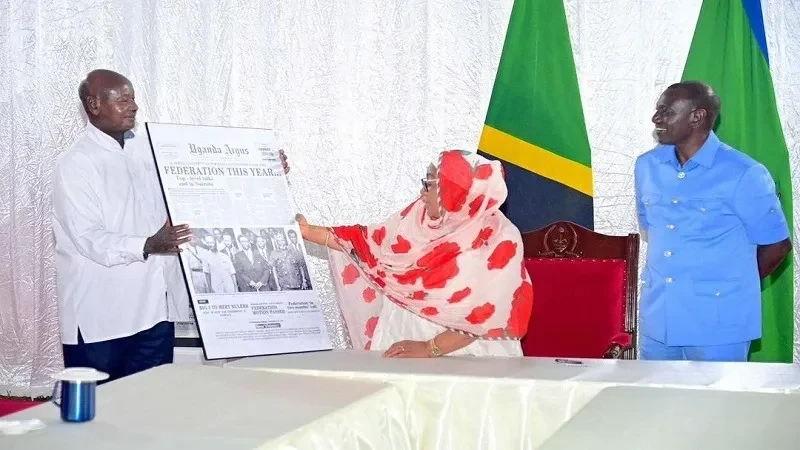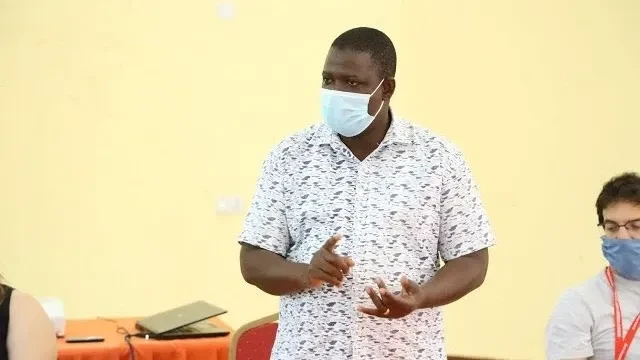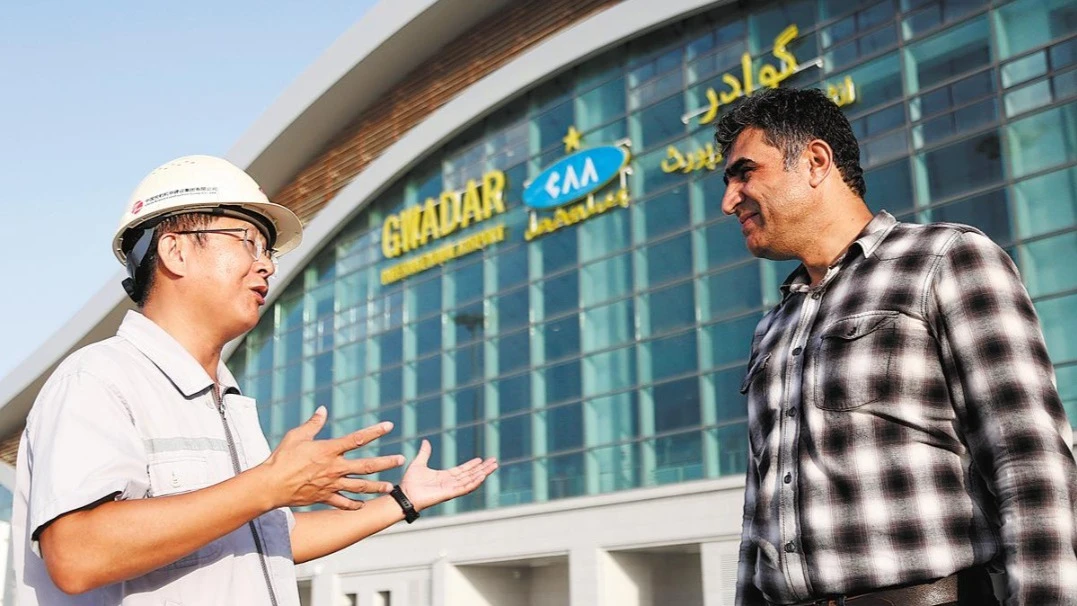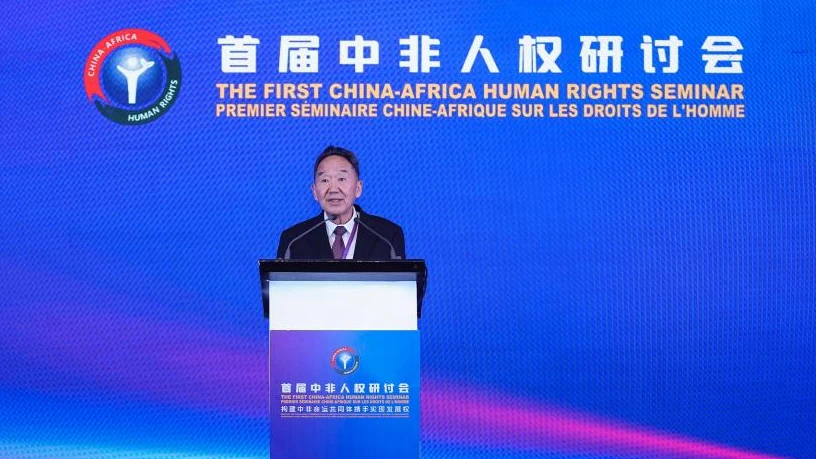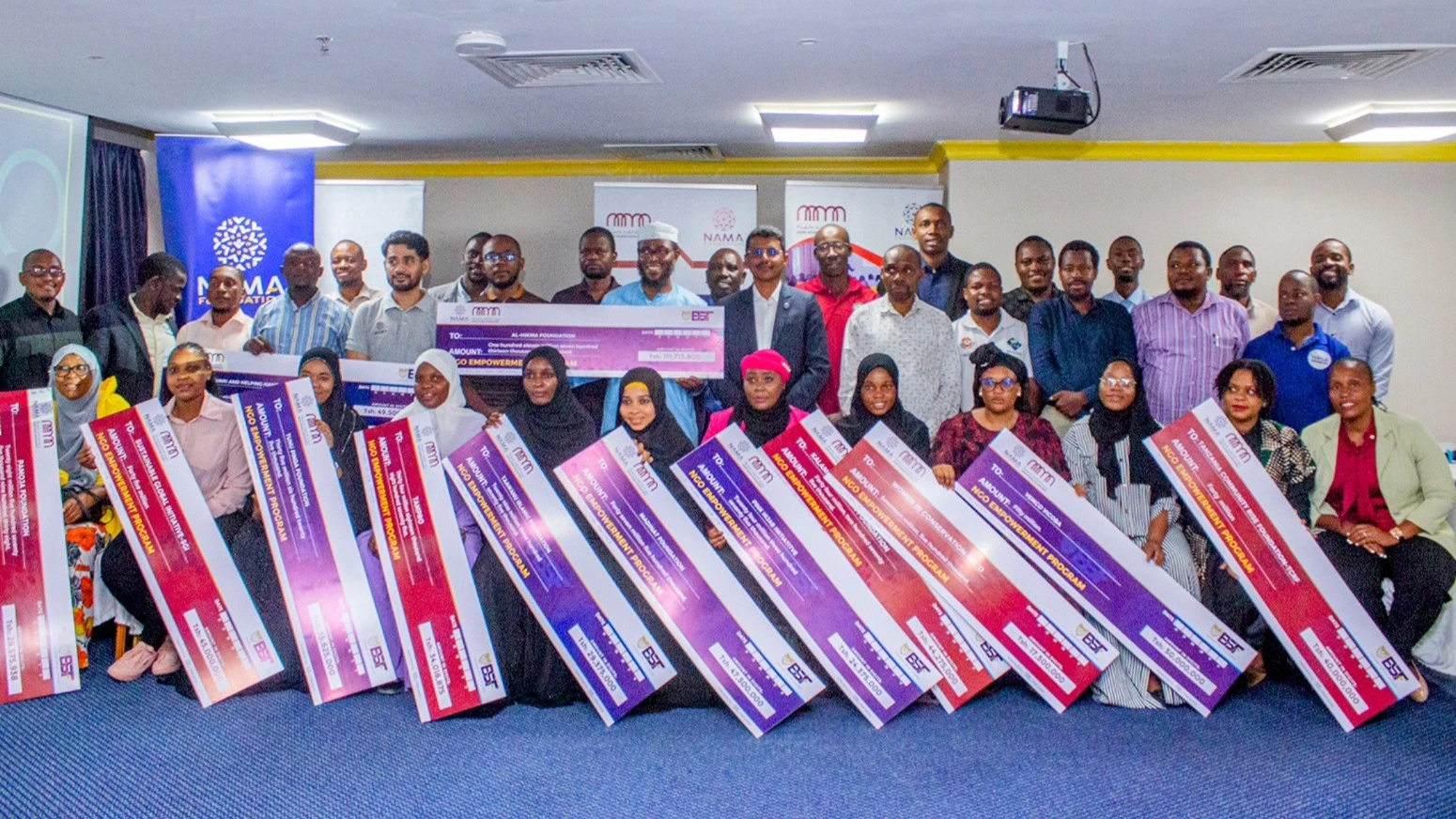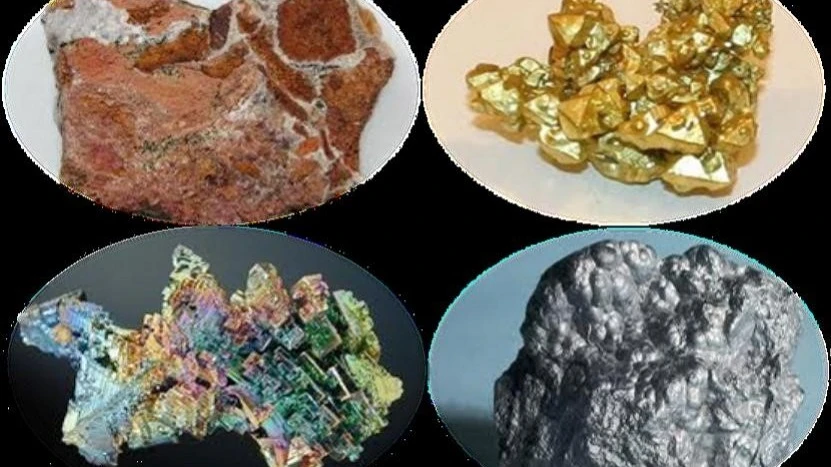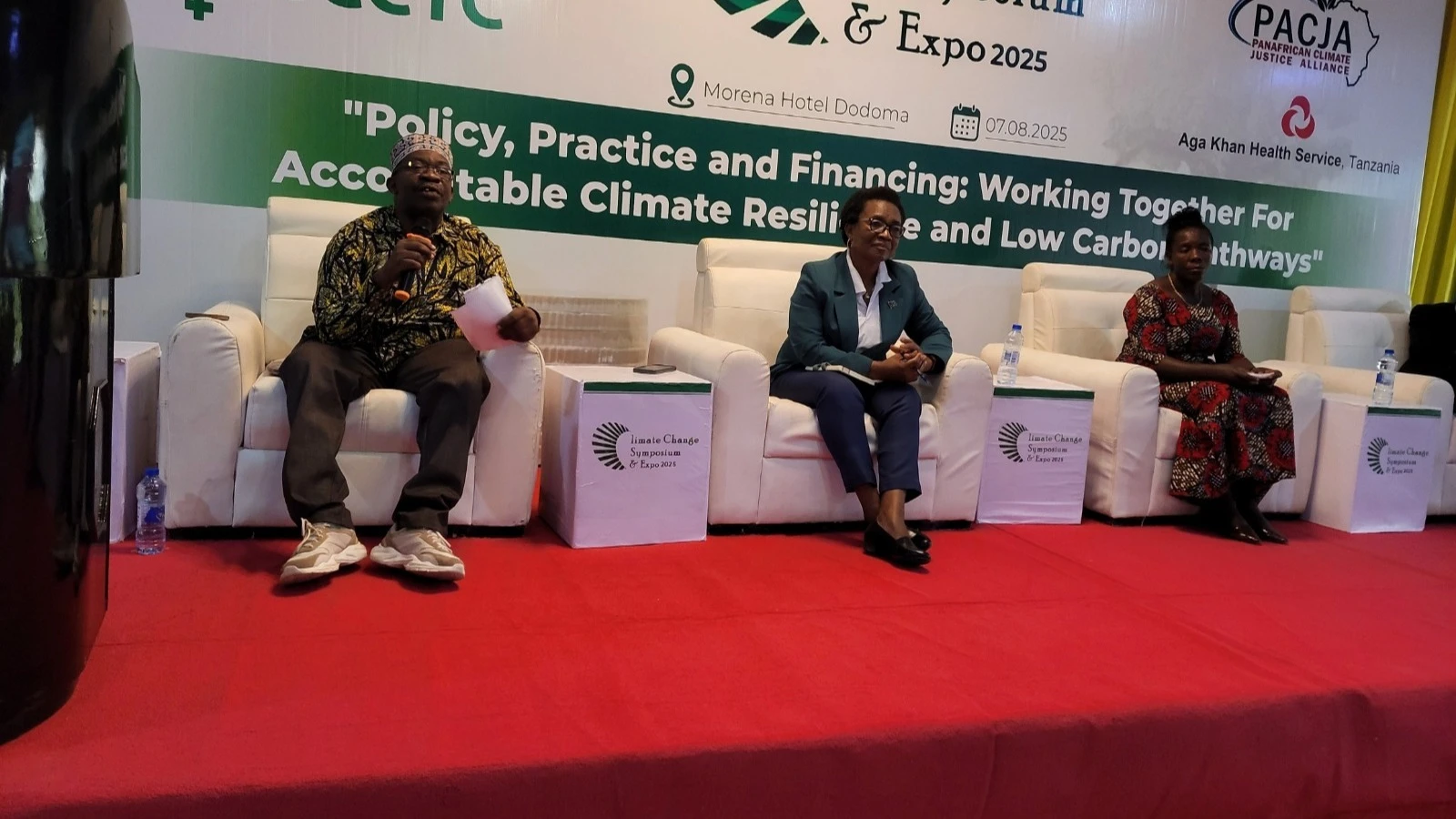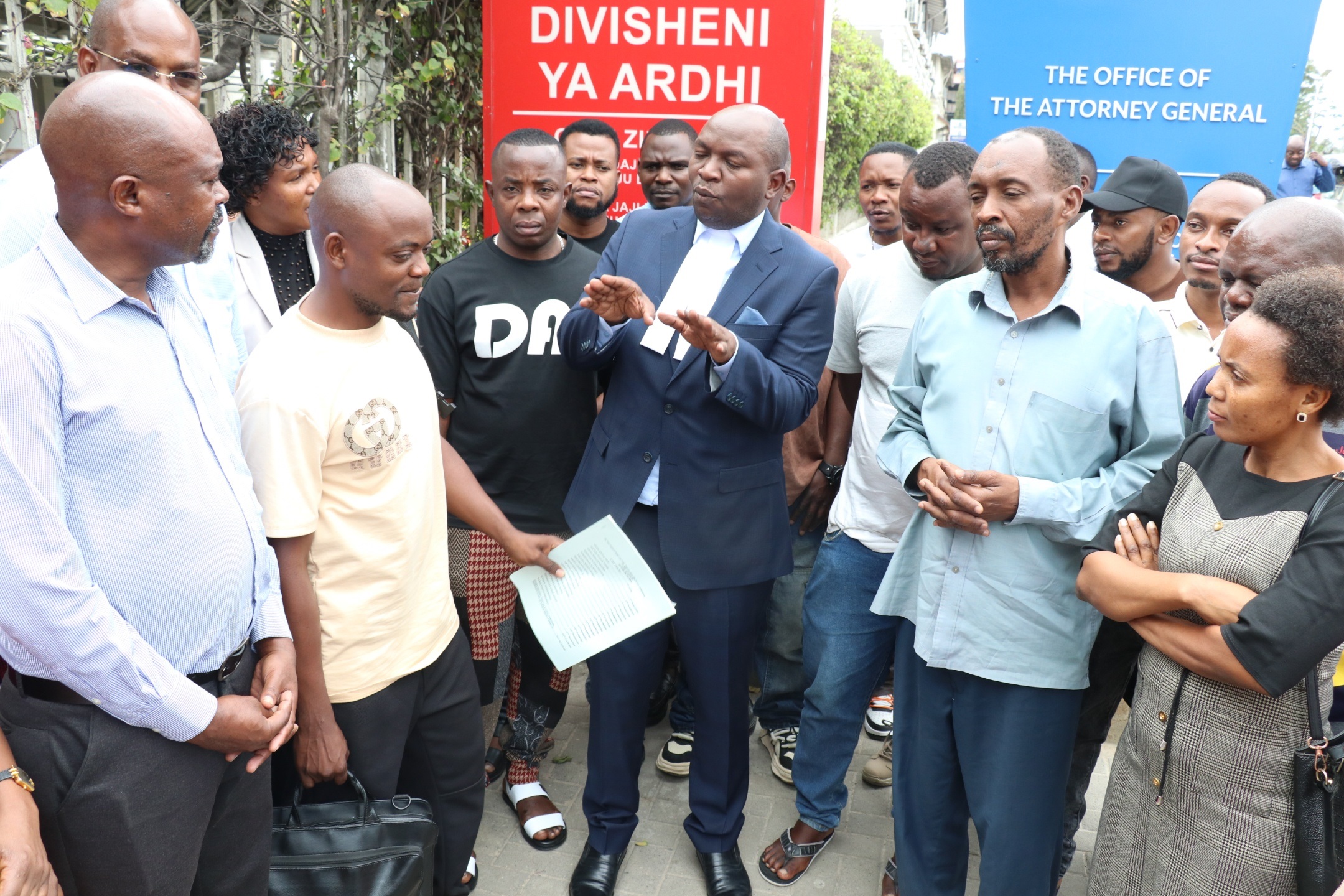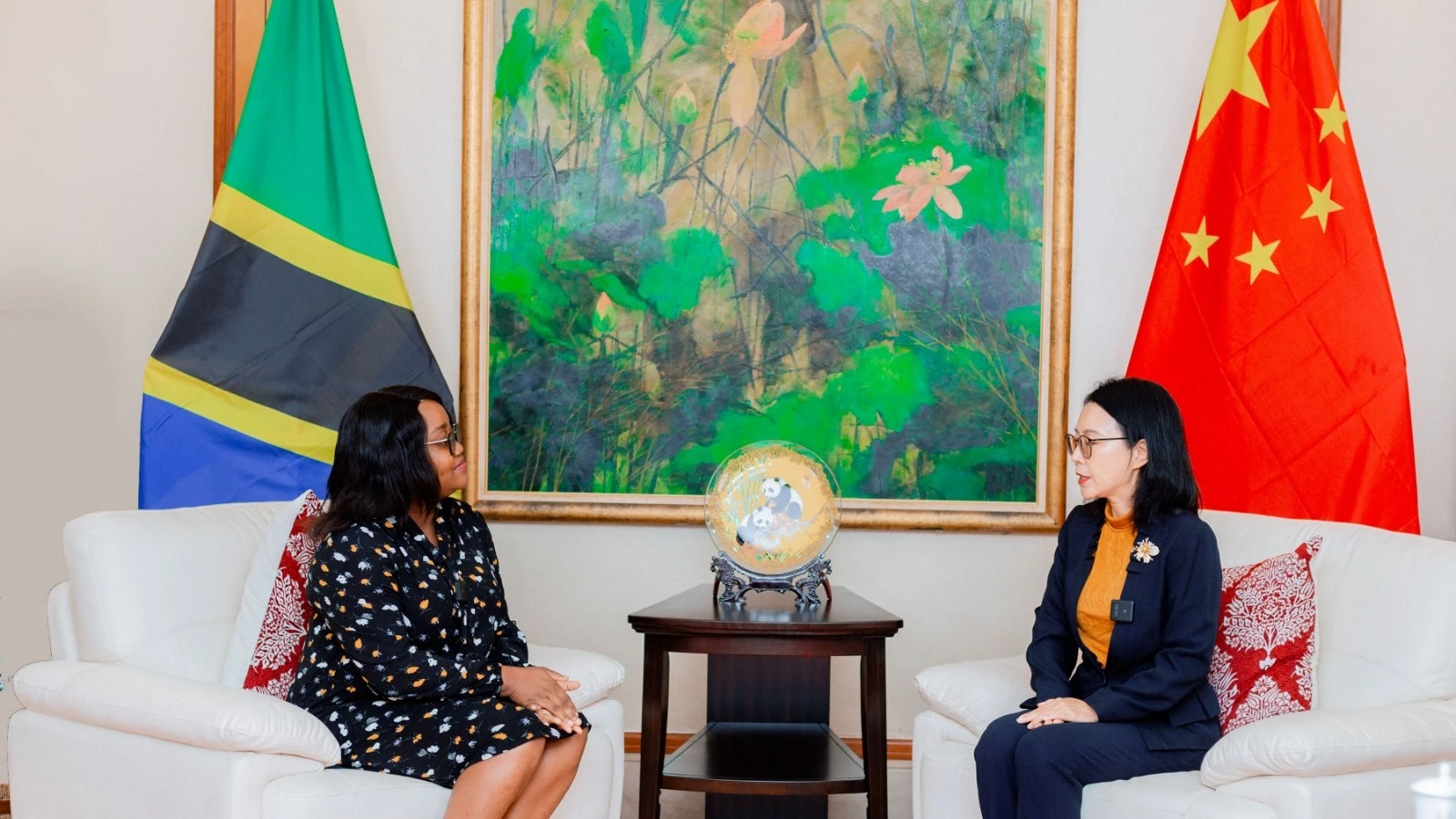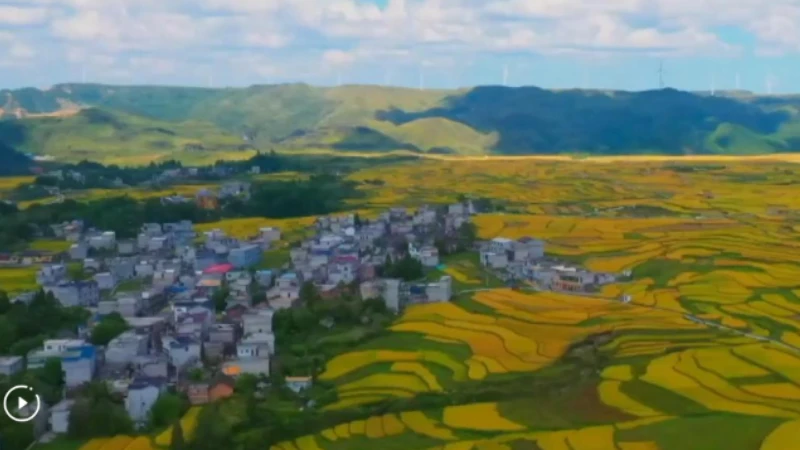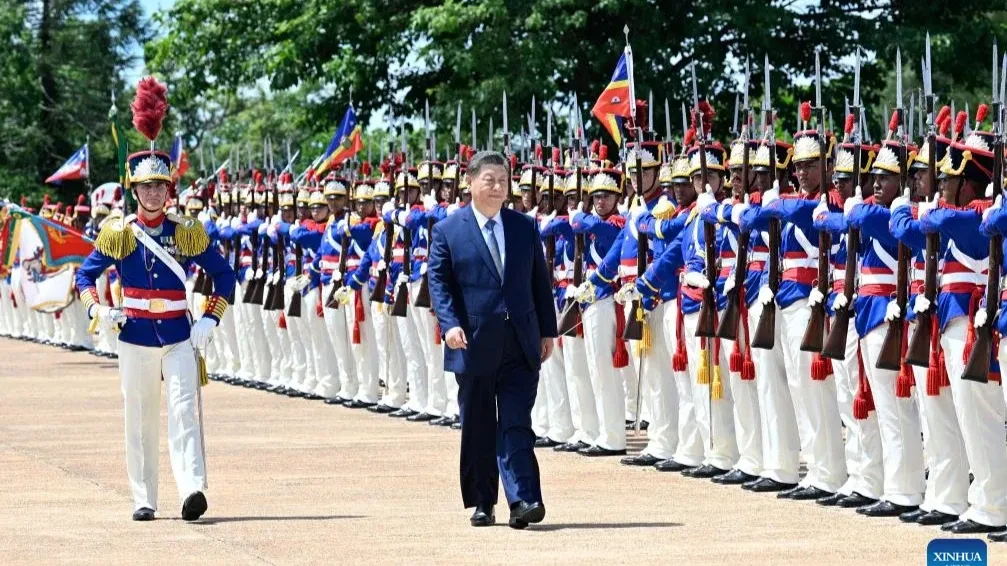Tanzania can turn mineral wealth into green industrial opportunities
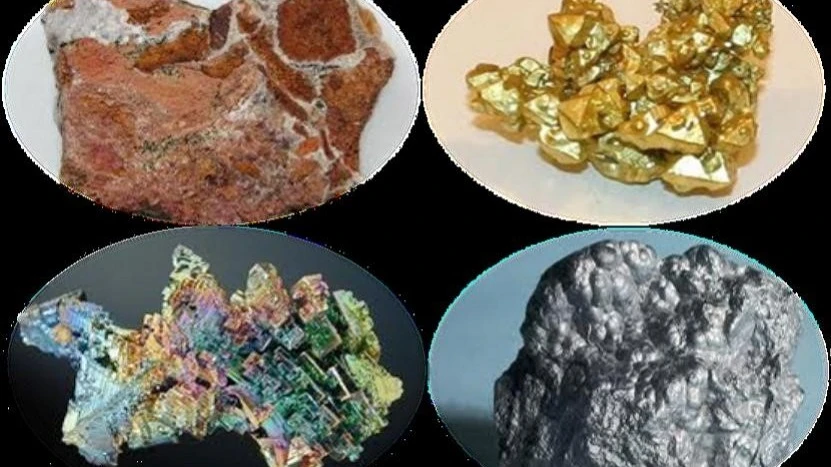
THE abundant deposits of diverse minerals in Tanzania are crucial for industrial transformation. A United Nations Industrial Development Organisation (UNIDO) report titled “Industrial Development Report 2024” suggests that the discovery of mineral deposits as experienced in some countries has not automatically resulted in industrial opportunities. Therefore, the report says, there is a need for putting in place a proactive industrial policy and implementing it.
The report says climate change-induced catastrophes have paved the way for renewed interest in green industrialisation. “If properly framed, green industrialisation can contribute to faster, more equitable and more sustainable patterns of growth,” says Economic Report on Africa 2016: Greening Africa’s Industrialisation.
Tanzania is endowed with a variety of mineral deposits, thanks to the presence of a variety of rock types of all ages, according to Geological Survey of Tanzania (GST). Mineral varieties include precious metals (like gold, silver and platinum group metals (PGMs)] and stones (diamond, spinel, sapphire, ruby, tanzanite, garnets, emerald, and aquamarine). PGMs include platinum, palladium, rhodium, rhenium, osmium and iridium, and critical minerals (graphite, nickel, cobalt, lithium, niobium, neodymium, praseodymium, vanadium, titanium, and tin).
Others are energy minerals (uranium, coal, helium gas and carbon dioxide), and industrial minerals (gypsum, dolomite, salt, soda ash, limestone, kaolin, feldspars, quartz, clays, heavy mineral sands, phosphates, bauxite, white sand, and marble). Tanzanite is found only in Merelani Hills of Tanzania in the world. It is a rare, blue and violate gemstone. According to Diamond Rocks UK, it is considered 1,000 times rarer than diamonds.
Gold deposits are found in Lake Zone Region of Geita, Shinyanga, Mara, and Mwanza. PGMs are found in Kabanga in Ngara District (Kagera Region), Kapalagulu and Zanzui. Others are Kabulyanwele, Mwahanza Hill, Garauja-Basuto, Twamba, Nkenza, Itiso, Haneti and Uluguru mountains. Iron is found in Liganga (Njombe Region), and there are also iron deposits in other parts of the country.
Silver is obtained as a by-product in gold and copper deposits, especially in Bulyanhulu in Kahama (Shinyanga Region) and North Mara mines in Tarime District (Mara Region).
Copper is found in the Lake Zone and western parts of Tanzania. Gemstones are found in Arusha, Mirerani, Tanga, and Morogoro. Gypsum is found in Itigi (Singida Region), Manda (Dodoma Region), Mkuranga (Coast Region), and Kilwa (Lindi Region). Limestone is found in Tanga, Wazo Hill (Dar es Salaam), Lindi, and Mbeya.
Phosphate is found in Minjingu (Manyara Region) and Nachingwea (Lindi Region). Soda ash is found in Lake Natron (Arusha Region). Clay is found in Pugu (Dar es Salaam Region), Bagamoyo (Coast Region), Moshi (Kilimanjaro Region) and Kondoa (Dodoma Region).
Marble is found in Kilimanjaro and Dodoma, granite is found in Mbeya, Morogoro, and Dodoma regions, Nachu (Lindi Region), Handeni (Tanga Region), and Mererani (Manyara Region). Nickel is found in Kabanga (Kagera Region), Haneth (Dodoma Region), and in Lindi Region.
Rare earth elements (REEs) are found in Lake Rukwa, and in Ngualla (Njombe Region). These areas offer investment opportunities and show how the country is blessed with rare and high economic value precious metals and minerals. All these investment and high economic value opportunities can elevate Tanzania to new heights.
“Africa’s abundance of rare and criti¬cal minerals (such as lithium, nickel, cobalt, manganese and graphite) offer opportunities for industrial transformation in emerging sectors, such as green hydrogen fuel cells and electric vehicle (EV) batter¬ies,” says the UNIDO report. It adds that governments need to invest in infra¬structural development and implement proactive industrial policies to convert minerals into opportu¬nities.
Lithium-ion batteries are reportedly able to endure more charge/discharge cycles and do not need to be discharged before recharging, and can be used for a wide range of applications ranging from automobiles to mobile devices and personal computers.
Investment in rare metal and mineral resources goes hand in hand with investment in emerging technologies. According to the UNIDO report, the rapid uptake of digital technologies can boost industrial competitiveness across Africa.
“Digitalisation and the uptake of Fourth Industrial Revolution (4IR) technologies will shape countries’ abilities to compete in global markets. Africa can improve its competitiveness and its position in the global industrial landscape by accelerating technological change, particularly in the context of the 4IR and other frontier technologies.”
What is true to Africa is also true to Tanzania. Thus, there is a need to invest in emerging technologies to transform Tanzania into a green industrial economy. The report stresses that adopting 4IR technologies requires the strengthening of local capabilities and skills. “Actively engaging with 4IR technologies requires strong production, innovation and digital capabilities in industrial firms and specific skills in the labour force.”
Yet, as the report suggests, African countries, including Tanzania, still lag behind in the development of capabilities and skills. Additionally, it says to profit from the opportunities offered by 4IR technologies, the industrial policy must address this capability gap and strengthen the absorptive capacity of domestic firms.
It suffices to say that accelerating SDG progress is crucial for Africa. Tanzania needs to support domestic technology development, research and innovation, and ensure a conducive policy environment for industrial diversification and value addition to commodities to align with SDG 9, and Target 9.b.
Top Headlines
© 2025 IPPMEDIA.COM. ALL RIGHTS RESERVED



